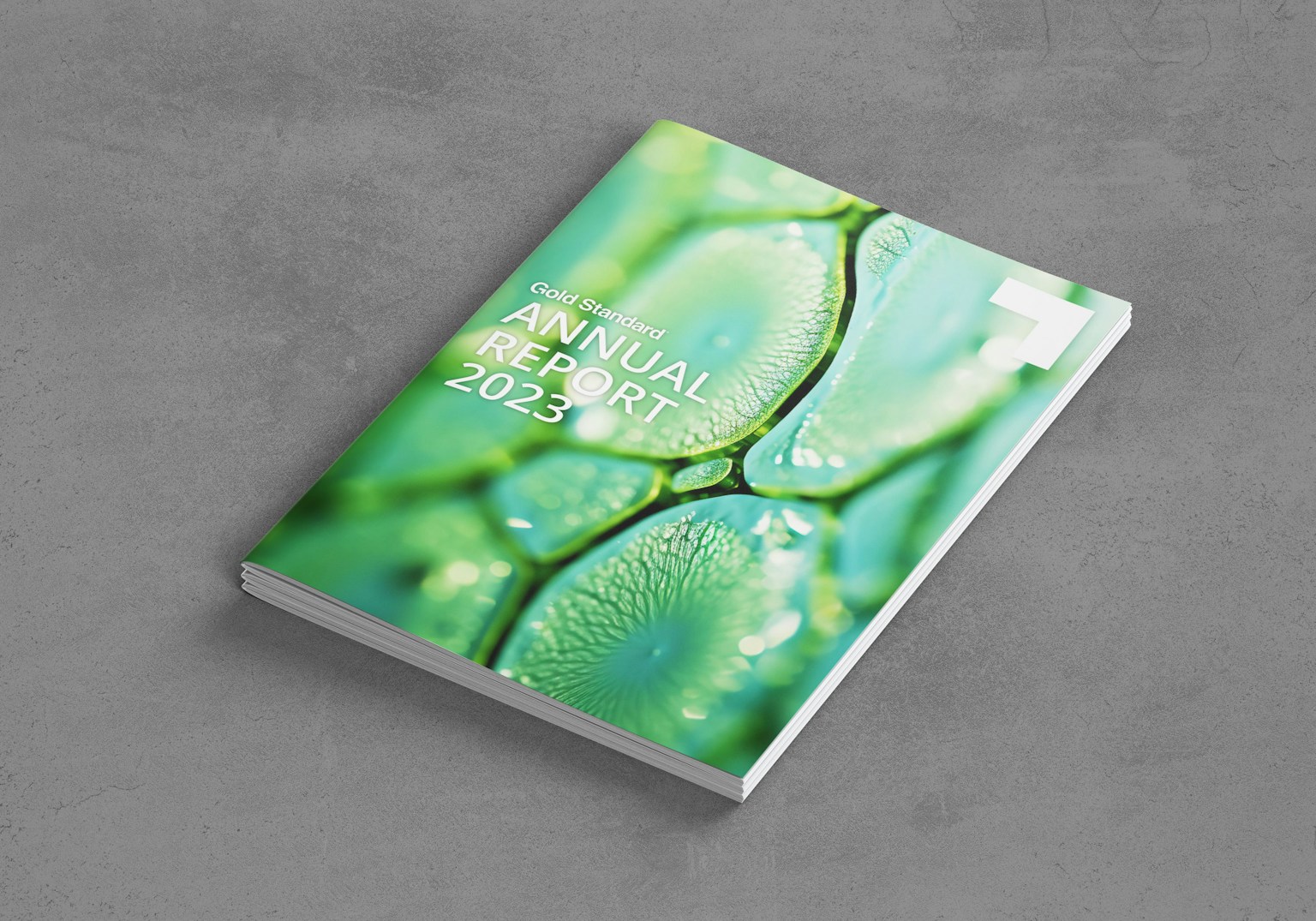News Room
FEATURED NEWS
All News & Publications
Filter
Resource type
Date
Focus
Activity Type













 conferenceGold Standard at London Climate Action Week
conferenceGold Standard at London Climate Action Week


News Room
FEATURED NEWS

















Gold Standard Newsletter Subscription
Stay updated on our latest news and more.